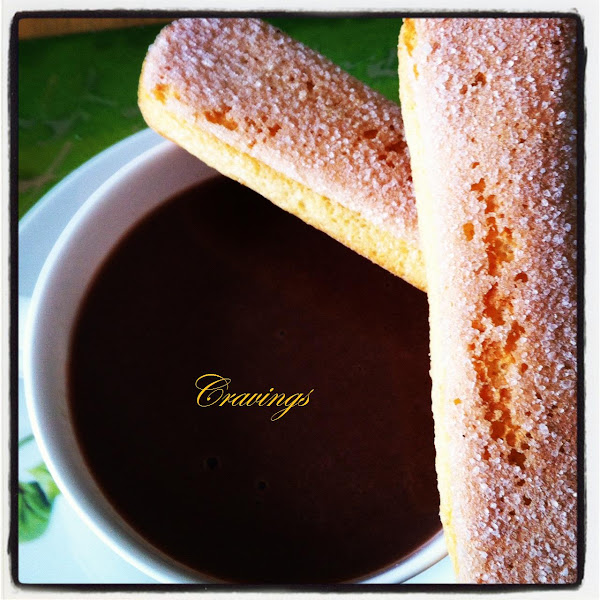Fusion cuisine is cuisine that combines elements
of different culinary traditions. French Fusion is a combination of traditional
French cuisine and a variety of other
cuisines such as Japanese, Italian and North American. Some of the most well
known fusion cuisine combines European and Asian foods.
Fusion
cuisine finds its roots in the 1970s when Nouvelle Cuisine surfaced in France.
Nouvelle Cuisine combined elements of French and mainly Japanese cooking
(Sokolov, 1992). As Nouvelle Cuisine’s popularity reached other countries, it started
combining French cuisine with each country’s own local cuisine.
The
majority of fusion culinary experiments turn out wonderfully, but sometimes
some do not. It is part of the joy of experimentation for chefs. That is what
is exciting about fusion cuisine, the experiment, the invention of new dishes
from blending two or more recipes into a brand new one.
The best fusion cuisine uses ingredients and various cooking techniques that work well together.
The best fusion cuisine uses ingredients and various cooking techniques that work well together.
French
fusion chefs take recipes from around the world, change them using French
cooking techniques and create uniquely French recipes with just enough “je ne
sais quoi” from other cultures. This makes food aficionados stop after the
first bite and say “WOW!” You get an explosion of flavour prepared in a refined
way. The butter reductions, the sauces, creams, pastries burst with new spices
and ingredients never before combined but that still remain French.
The
Edmonton region has many fusion restaurants, including several French fusion
restaurants. Sherwood Park has one of the best in the region, Café de Ville. Chef Paul
Campbell’s creative culinary talent in Café de
Ville’s kitchen is magical. His French fusion dishes are a gustatory delight
that guarantee you will be returning time and time again.
Cravings’
next Culinary Adventure Dinner is a French Fusion Adventure exclusively
prepared for us by Chef Paul Campbell at Sherwood Park’s Café de Ville.
To purchase
tickets to this limited seating dinner, please click on French Fusion Adventure Dinner.
References:
·
Sokolov,
Raymond. Why We Eat What We Eat: How the Encounter between the New World and
the Old Changed the Way Everyone on the Planet Eats. New York: Summit,
1991.
Photos: Free Photos via Google














